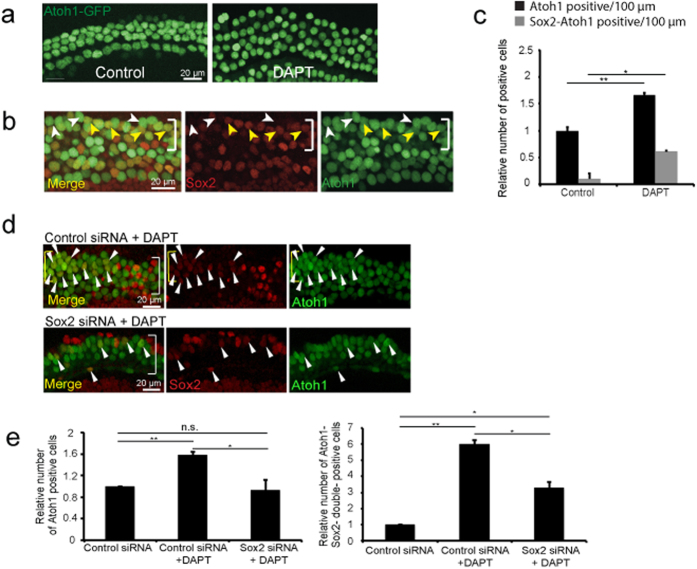Figure 5. Requirement of Sox2 for Hair Cell Differentiation in γ-Secretase-Treated Organ of Corti.
(a) Organ of Corti explants from neonatal Atoh1-nGFP mice (P1-P2) were kept in culture for 48 hours and treated with DAPT (2.5 μM) or carrier (DMSO, 0.1%) as a control. An increased number of hair cells was seen (mid-apical region is shown). (b) At 48 hours of DAPT treatment, Sox2-positive supporting cells that upregulated Atoh1-nGFP were observed in the hair cell layer at a position below the original hair cells (bracket). New supporting cell-derived hair cells showed a reduced level of Sox2 compared to supporting cells and were weakly Atoh1-nGFP-positive (yellow arrowheads), whereas original hair cells showed stronger Atoh1-nGFP expression and no Sox2 expression (white arrowheads). (c) Treatment with DAPT reduced Sox2 in supporting cells and increased the percentage of Atoh1-nGFP positive cells/100 μm and new Atoh1-nGFP positive cells (black columns) that expressed Sox2 (grey columns) after 72 hours (*P < 0.05). (d) Control siRNA (100 nM) with DAPT (2.5 μM) treatment resulted in an increased number of Atoh1-positive cells. Treatment with DAPT (2.5 μM) and Sox2 siRNA (100 nM total) partly suppressed the increase in new hair cells. White arrowheads mark Sox2-Atoh1 double-positive hair cells. (e) Atoh1-nGFP positive and Sox2-Atoh1 double-positive outer hair cells (OHC) per 100 μm in the apical region of organ of Corti explants treated with control siRNA, control siRNA and DAPT, or Sox2 siRNA and DAPT revealed that DAPT treatment significantly increased the number of hair cells in control siRNA-treated explants. Sox2 siRNA reduced the number of newly formed hair cells (**P < 0.01).

